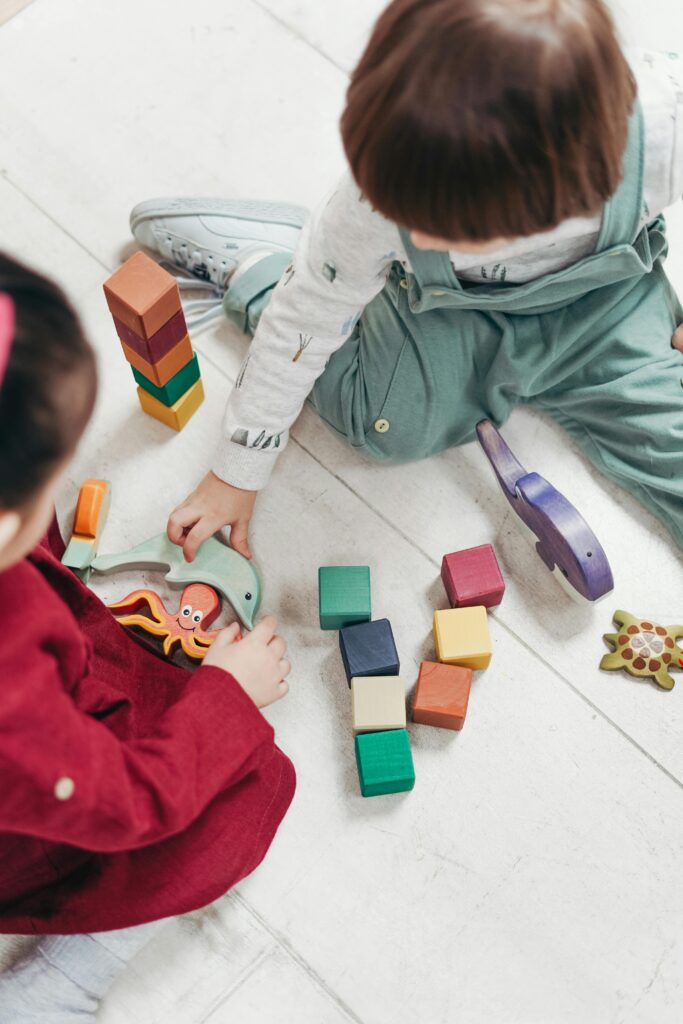Creativity is the lifeblood of innovation. It’s the spark that ignites groundbreaking products and services, setting businesses apart in a fiercely competitive landscape. But simply having creative ideas isn’t enough. To truly leverage creativity, businesses need a structured approach to integrate it into the product development lifecycle and facilitate its seamless sharing among teams.
This post explores practical strategies for weaving creativity into the heart of your product development process and fostering a collaborative environment where innovative ideas can flourish and be effectively disseminated.
1. Cultivating a Creative Culture:
The foundation of any successful creative endeavor lies in fostering a culture that values and encourages creative thinking. This involves several key elements:
- Embrace Failure: Create a safe space where experimentation is encouraged, and failure is seen not as an endpoint but as a valuable learning experience. Fear of judgment stifles creativity; a culture of psychological safety allows for risk-taking.
- Diverse Perspectives: Assemble teams with diverse backgrounds, skills, and experiences. Different viewpoints spark unexpected connections and lead to more innovative solutions. Encourage brainstorming sessions that involve individuals from various departments.
- Dedicated Creative Time: Schedule regular brainstorming sessions, dedicated “think tanks,” or hackathons. These focused periods provide uninterrupted time for idea generation and exploration. Remove distractions and encourage free-flowing discussions.
- Provide Resources: Equip your team with the necessary tools and resources to support their creativity. This could include access to design software, research materials, prototyping tools, or even dedicated creative spaces.
2. Integrating Creativity into the Product Development Process:
Creativity shouldn’t be an afterthought; it should be woven into every stage of the product development lifecycle:
- Ideation Phase: Employ various creative techniques like brainstorming, mind mapping, SCAMPER (Substitute, Combine, Adapt, Modify, Put to other uses, Eliminate, Reverse), and design thinking to generate a wide range of ideas. Focus on understanding user needs and pain points before diving into solutions.
- Prototyping Phase: Rapid prototyping allows for quick testing and iteration of ideas. Encourage the creation of low-fidelity prototypes to explore different concepts and gather feedback early on. This prevents costly mistakes later in the development cycle.
- Testing and Feedback Phase: Gather user feedback throughout the process, not just at the end. Use A/B testing, user interviews, and surveys to assess the effectiveness of different creative solutions. Iterate based on the feedback received.
3. Sharing Creativity Effectively:
Once innovative ideas are generated, it’s crucial to share them effectively within the team and across the organization. Here are some effective strategies:
- Centralized Idea Repository: Use a shared online platform (like a project management tool, a wiki, or a dedicated idea management system) to document, organize, and track creative ideas. This makes it easy for everyone to access, contribute to, and build upon existing concepts.
- Visual Communication: Use visual aids such as sketches, mood boards, wireframes, and prototypes to effectively communicate creative ideas. Visuals are often more easily understood and inspire further collaboration.
- Regular Communication Channels: Establish regular communication channels (e.g., team meetings, email updates, project management software notifications) to keep everyone informed about the progress of creative projects and new ideas.
- Cross-Functional Collaboration: Encourage cross-functional collaboration by involving individuals from different departments in the creative process. This fosters a sense of shared ownership and ensures that diverse perspectives are integrated into the final product.
By implementing these strategies, businesses can effectively inject creativity into their product development process, fostering a collaborative environment that leads to innovative and successful products. Remember that creativity is a process, not a destination, and continuous improvement and adaptation are key to unlocking its full potential.

